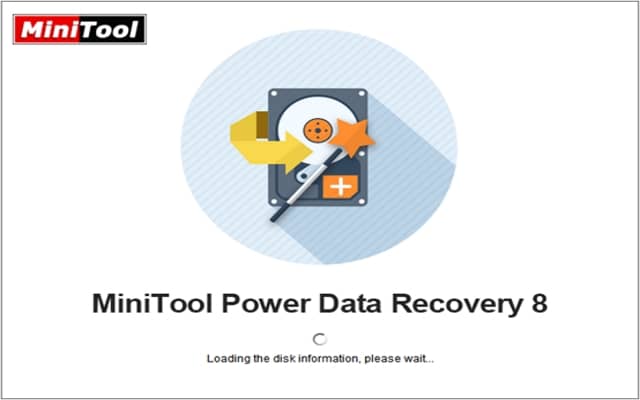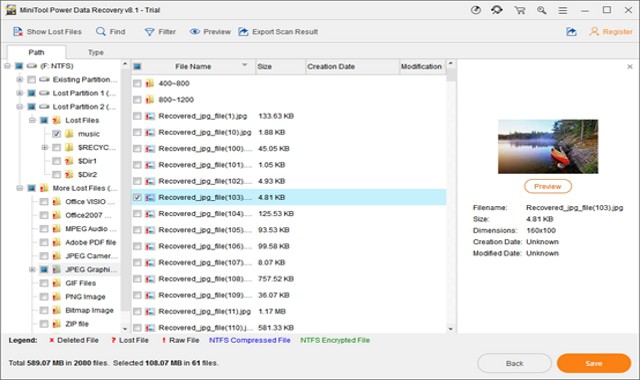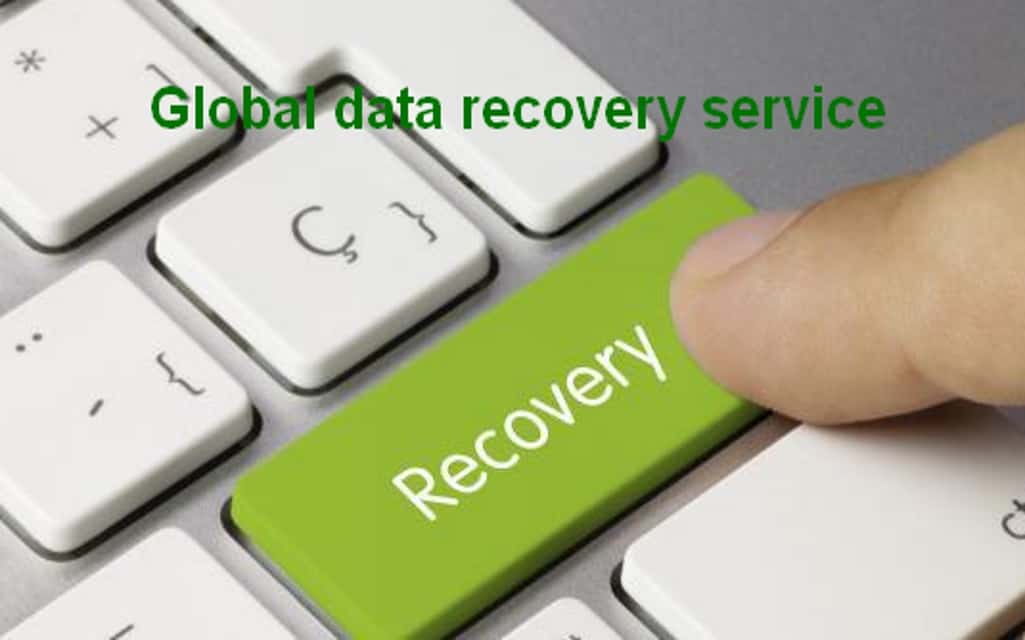“The Global Data Recovery as a Service Market size is expected to reach $4.1 billion by 2024, rising at a market growth of 12.9% CAGR during the forecast period.”
– released by Report Buyer in London on August 22, 2018
To tell the truth, data recovery refers to the process of retrieving/recovering inaccessible, lost, corrupted, damaged or formatted data from different storage devices or cloud. When you find your data stored in the device are lost or cannot be accessed in a normal way, you need to do the data recovery.
Data loss happens in every corner of the world, making global data recovery service one of the most concerning topics. Solid-state drives (SSDs), internal or external hard disk drives (HDDs), CDs, DVDs, and USB flash drives are commonly seen data storage devices. Data saved on them may be lost or become inaccessible due to physical damage to the storage devices or logical damage to the file system.
Actually, you can find plenty of data recovery agencies or tools on the internet just by a few clicks. That is to say, data recovery service is easy to approach. But, high-quality recovery service is not so easily available.
Besides, the data recovery services cost matters a lot when people are looking for recovery plans for the lost files.
Taking all this into consideration, I guess there may be a suitable choice for you to deal with hard drive data recovery, flash drive data recovery, and even ransomware data recovery.
You Deserve High-quality Data Recovery Services
To prevent privacy leakage or confidential company information, I prefer data recovery tools to recovery agencies (it’s also about the data recovery prices). A powerful & reliable file recovery tool is enough for ordinary data loss recovery.
How to Do the Data Recovery Yourself
First of all, acquire the tool you’re satisfied with and install it properly on your computer.
Remember, you should not install it to the drive which contains files to recover. That is because secondary damage will be brought by doing so, resulting in permanent data loss.
Secondly, you need to start the tool and select the target drive to scan.
 If the lost files are located on your computer, just go ahead; if they are saved on external hard disk, USB flash drive or CD/DVD, you should connect it properly to computer and then open the recovery tool to start recovery.
If the lost files are located on your computer, just go ahead; if they are saved on external hard disk, USB flash drive or CD/DVD, you should connect it properly to computer and then open the recovery tool to start recovery.
Thirdly, look through the found files one by one to determine whether you want to recover them or not. If yes, please check them and click on the corresponding button to save them. If not, you can do the scan again or change another tool to have a try until you find the files you need.
 But you need to notice that you shouldn’t download recovery tool casually from internet since some of the inferior programs are not able to help you get back lost data. More importantly, they may bring damage to the existing data and lost data as well.
But you need to notice that you shouldn’t download recovery tool casually from internet since some of the inferior programs are not able to help you get back lost data. More importantly, they may bring damage to the existing data and lost data as well.



